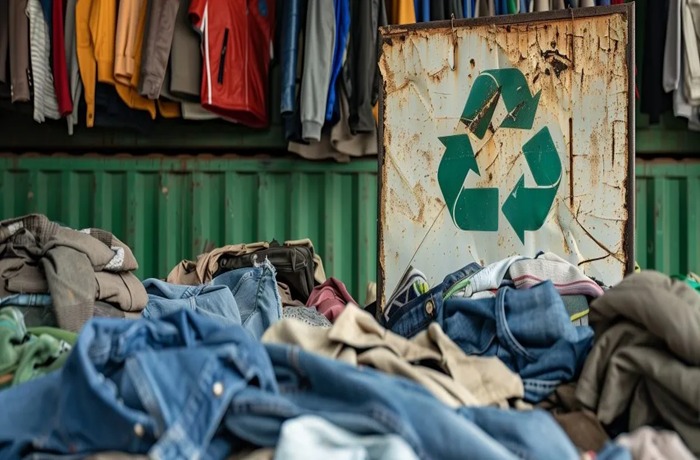As Southeast Asia’s fashion industry experiences rapid growth, the demand for sustainable fashion is also on the rise. However, the region faces significant challenges in making sustainable fashion a viable alternative to the fast fashion that currently dominates the market.
Southeast Asia’s apparel market is projected to reach a value of US$51.4 billion by 2024, according to Statista. This growth is expected to continue, driven by the expanding middle class, which is anticipated to account for 65 percent of the population by 2030. The Southeast Asian fashion market is forecasted to grow at an average annual rate of 8.62 percent over the next five years. However, this booming industry has come at a significant environmental cost.
One of the most concerning examples of environmental degradation linked to the fashion industry in Southeast Asia is the severe chemical contamination of the Citarum River, West Java’s longest river. Textile factories along the river have discharged hazardous waste, leading to widespread contact dermatitis and respiratory issues among residents living nearby.
Beyond environmental concerns, the fast fashion industry has also come under fire for its exploitation of labor in countries with poor worker protections, such as Cambodia. In Cambodia, corruption is pervasive within the labor inspectorate system, where officials responsible for enforcing labor laws often accept bribes ranging from US$100 to $200 in exchange for favorable inspection reports. This corruption allows companies to avoid prosecution for violating labor rights.
Despite these challenges, there is hope for change. Consumers have the power to influence the industry by choosing to support ethical and sustainable brands. In response to growing consumer awareness, some companies, such as H&M, are taking steps to improve transparency. By disclosing their suppliers and manufacturers, these companies allow the public to monitor their operations and report any suspected malpractices within their supply chains.
The rise of sustainable fashion in Southeast Asia is a complex journey, fraught with obstacles, but one that holds promise for a more ethical and environmentally friendly future in the region’s fashion industry.
Related Topics:
Does Pink and Burgundy Go Together
How to Style a White Jean Jacket

